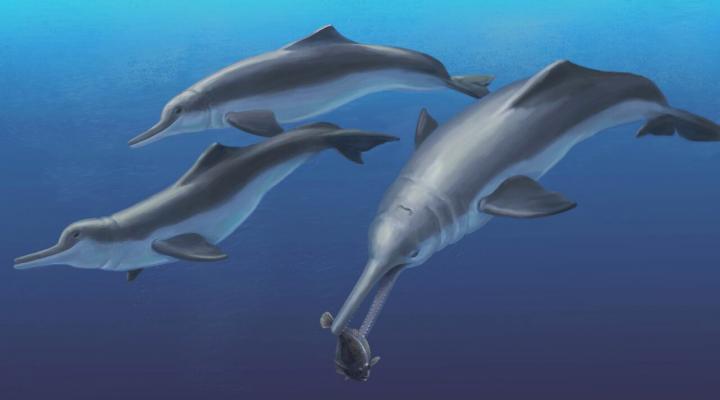A team of
binmen say they are being terrorised by a new breed of enormous
foot-long rats which show no fear of humans and have even chased them
during their rounds.
Feasting
on rubbish, the rodents have grown bigger, more fearless and are more
aggressive than ever before, according to refuse worker, Ben
Landricombe, 34.
Mr
Landricombe, who caught one of the massive rats in Plymouth, Devon,
said he had even had to take cover when the animal went for him.
He had discovered the creature scurrying behind a skip, and said it showed no fear of him as he cornered it.
'This latest one is over a foot long I reckon,' said Mr Landricombe, a street and refuse collector for Plymouth City Council.
'It is huge but I have seen this size and possibly even bigger in the last couple months.
'They are definitely getting bigger.
'Also they are not afraid of you as they used to be - I got chased by one.
'One came after me. I just went behind the bin and tried to shoo it away.
'It then went for me. They are certainly getting more vicious. They would never used to have done that.'
In
its advice to households, Plymouth City Council recommends that people
seek immediate action if they discover rats of any size in their home.










 Examination of fossil fragments from Panama has led Smithsonian scientists and colleagues to the discovery of a new genus and species of river dolphin that has been long extinct. The team named it Isthminia panamensis. The specimen not only revealed a new species to science, but also shed new light onto the evolution of today's freshwater river dolphin species.
The fossil, which dates from 5.8-6.1 million years ago, was found on the Caribbean coast near the town of Piña, Panama. It consists of half a skull, lower jaw with an almost entire set of conical teeth, right shoulder blade and two small bones from the dolphin's flipper. In comparison with other river dolphins--both fossil and living--the shape and size of these parts suggests that the full specimen may have been more than 9 feet in length.READ MORE-http://www.science20.com/news_articles/isthminia_panamensis_new_species_of_ancient_river_dolphin_discovered-157036
Examination of fossil fragments from Panama has led Smithsonian scientists and colleagues to the discovery of a new genus and species of river dolphin that has been long extinct. The team named it Isthminia panamensis. The specimen not only revealed a new species to science, but also shed new light onto the evolution of today's freshwater river dolphin species.
The fossil, which dates from 5.8-6.1 million years ago, was found on the Caribbean coast near the town of Piña, Panama. It consists of half a skull, lower jaw with an almost entire set of conical teeth, right shoulder blade and two small bones from the dolphin's flipper. In comparison with other river dolphins--both fossil and living--the shape and size of these parts suggests that the full specimen may have been more than 9 feet in length.READ MORE-http://www.science20.com/news_articles/isthminia_panamensis_new_species_of_ancient_river_dolphin_discovered-157036
